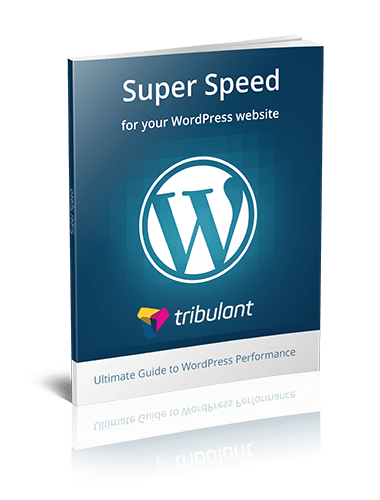
Money Management Basics for New Home Buyers


Do you dream of having your own home,a place where you feel secure and happy and can take charge of your own destiny? Buying a home is a more complex process than renting, and you’re taking on a major commitment that you’ll be responsible for, for many years to come. Investing money each month towards building a valuable asset, such as a property, is often seen as a more strategic use of funds compared to renting. This approach not only allows for potential capital growth but can also provide a sense of security and accomplishment. It’s a complex field, though, and becoming well-informed is essential. Various resources, such as property investment books, industry reports, and expert analyses, can provide invaluable insights for those looking to delve into property investments.
The choice of whether to buy or rent is a highly personal one, depending on your attitudes to property ownership and your current circumstances. If you do want to buy a home, it’s not something you can arrange overnight; it takes time, and you’ll have several important tasks to complete before you get to the buying stage.
The first consideration is money. You’ll need to make a down paymenton your home, the amount of which varies according to the purchase price of the property. For example, if you bought a house for$400,000, the down payment would be 5%, meaning you’d need to hand over $20,000 of your own money. In most cases,you need to save the money for the deposit, as your lender needs to be confident you’re able to cover the paymentwithout incurring further debt.
Some citizens are eligible for a Home Buyer’s Plan (HBP)which allows you to borrow up to $25,000 tax-free from your Registered Retirement Savings Plan (RRSP). You can use this money to buy a home or to go towards building a new house, and you have 15 years to repay the loan to your RRSP. You need to be sure you can afford regular repayments of the debt on top of your mortgage and other payments, and bear in mind that taking money out of your RRSP is going to make quite a difference to the final pension amount you receive.
You also need to work out if you earn enough to be able to afford monthly mortgage repayments, and how much you could afford to borrow on your salary. Mortgage lenders provide tables or calculators showing what your repayments will be for a particular mortgage, and how much they’re willing to lend at your salary level. This gives you a good base level, but in some cases,those standard figures will alter. If you’re self-employed for instance, you’ll probably have to pay a larger deposit and maybe a higher interest rate.
If you haven’t already done so, then starting to save for the down payment is essential, and you’ll need to create a budget planner to get a clearer picture of what your income and outgoings are. You’ll find plenty of budgeting tools and templates online that you can use to calculate your financial position and see into the future with greater accuracy.
One of the first actions you need to take is to check your credit rating, as mortgage lenders are bound to ask to see your history. You can find out more about the three credit bureaus that provide information on your credit history to prospective lenders by clicking here. If your credit rating is too low, youwon’t find many people willing to lend such a substantial amount of money, so it’s essential to work on improving your credit score.
You also need to think about where you want to live; the sort of home or apartment you want, outside space, proximity to town centres or rural locations, transport links for work and visiting family and friends. You might find for instance that you could afford a bigger property or one with a better size garden if you’re willing to travel further on your commute. Comparing mortgage repayment levels with the increased cost of transporting yourself to work will illustrate which scenario gives you an advantage and which one leaves you worse off.
These actions are going to take time, particularly if you need to give your credit rating a check and improve your score. It will also take a fair bit of time to save up enough money for the down payment, so you shouldn’t delay with getting these actions into motion. Of course, you may discover that because you don’t earn enough, or your credit rating is too low, you can’t contemplate taking on a mortgage for a few years yet, in which case you know what you need to do to get yourself into a position where a mortgage becomes affordable and achievable.

James Daniels is a freelance writer, business enthusiast, a bit of a tech buff, and an overall geek. He is also an avid reader, who can while away hours reading and knowing about the latest gadgets and tech, whilst offering views and opinions on these topics.
Website & Email Hosting
Get the best website & email hosting for speed, security, and peace of mind. No restrictions. Freedom to do what you need in order to run your business.



No comments yet